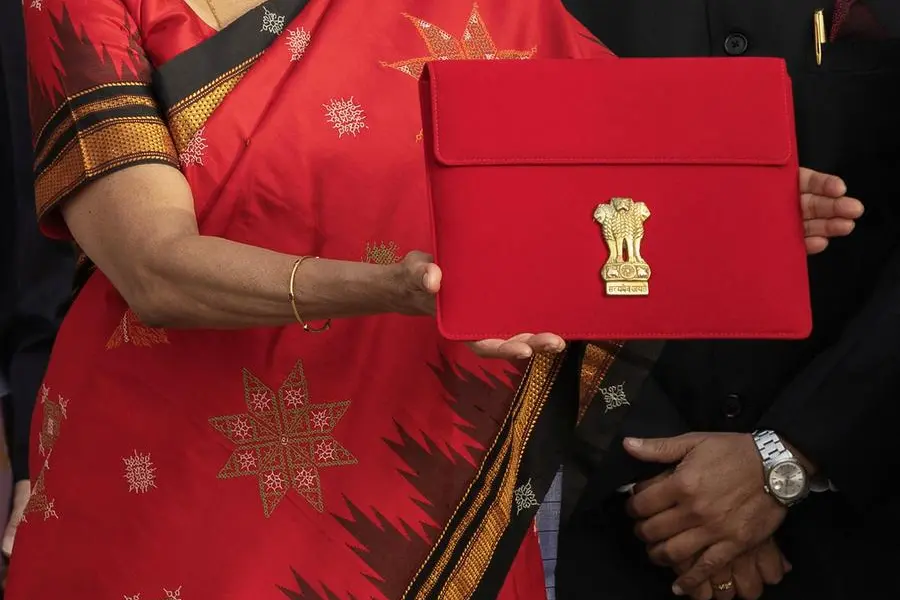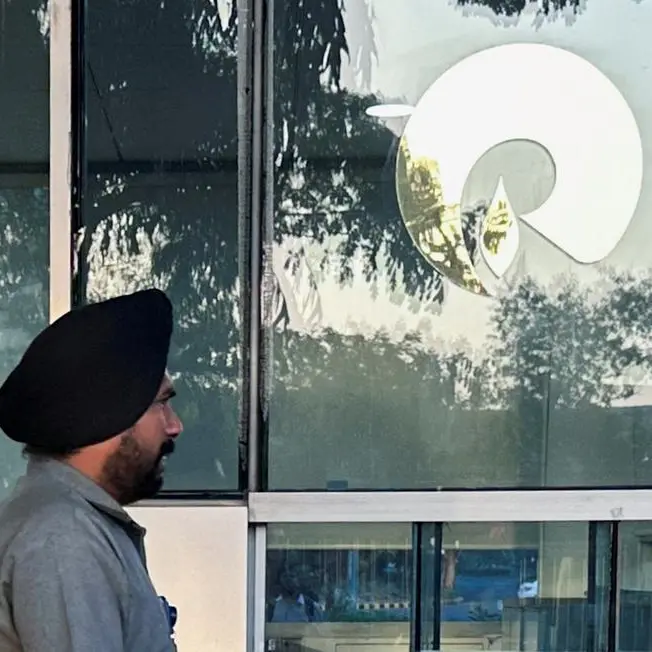PHOTO
MUMBAI - India's federal government has changed some of its personal income tax rules in an attempt to move taxpayers to a new regime introduced in 2020, which has so far not found favour with a large number of people.
The new regime was intended to simplify personal taxation by offering a lower rate of tax than the older regime, while taking away most of the exemptions offered under the older scheme.
To make the new scheme more attractive, the government, in its budget for 2023/24, modified the rules in the new tax regime and said it would become the default scheme.
"When the scheme was introduced, taxpayers were given the option to choose between the two schemes but, as a default, the old regime was applied. Now, the new scheme is the default but if someone wants to opt for the old regime, they can," said Aarti Raote, partner at Deloitte India.
Ques: What are the tax slabs in the new regime?
There are five tax slabs in the new scheme.
Income between 300,000 rupees to 600,000 rupees ($3,650-$7,300) will attract a 5% tax; income of 600,000-900,000 rupees will attract a 10% tax; a 15% tax rate will be applicable on income between 900,000 rupees and 1.2 million rupees. The tax rate will be 20% for income of 1.2-1.5 million rupees and a peak rate of 30% will be levied on income above 1.5 million rupees.
Ques: What is the standard deduction under this new regime?
The standard deduction for salaried professionals under the new tax regime is 50,000 rupees and will be applicable from 2023/24.
Ques: What is the rebate applicable under the new regime?
Under Indian personal tax rules, lower-income taxpayers can claim a rebate even if they fall within the income brackets where tax is imposed.
Until now, a rebate of 12,500 rupees was applicable under the old tax system up to an annual income of 500,000 rupees. Under the new tax regime, a rebate of 25,000 rupees has been offered up to an income of 700,000 rupees.
Ques: Are exemptions under section 80c of the Income Tax Act available under the new regime?
Deductions under this section allow contributions to provident funds, repayment of housing loan principal, insurance premiums and a few other categories to be exempt from tax. This is not permitted under the new tax regime, even after the recent changes.
Tax exemptions on house rent allowance also cannot be claimed under the new regime.
Ques: What is the change in the maximum surcharge applicable to high-net-worth individuals?
The key change made by the government in the budget to the new tax scheme is a reduction in the surcharge added to the tax rate in the case of high-net-worth individuals.
For context, over the past few years, the government has levied surcharges over and above the income tax rate for individuals, particularly those earning 10 million rupees and more annually.
For Indians earning 50 million rupees, the surcharge was the highest at 37%. This has now been reduced to 25%. This means that the maximum marginal rate of taxation under the new scheme gets reduced to 39% from 42.74%, said consultancy firm EY in a report on Wednesday.
($1 = 82.1810 Indian rupees)
(Writing by Ira Dugal; Editing by Savio D'Souza)





















